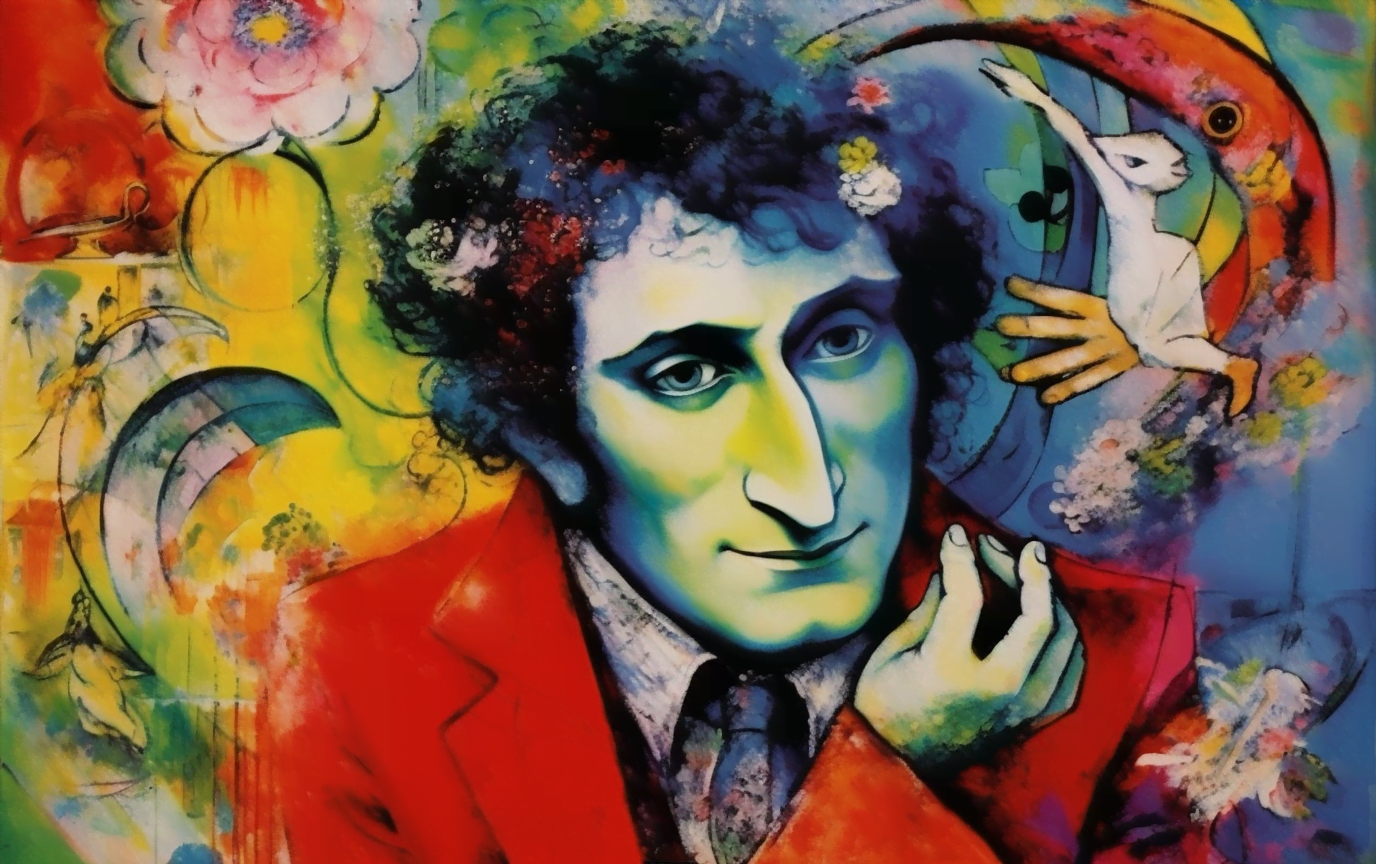Marc Chagall: Unraveling the Origins of a Jewish Artist
In the heart of what is now known as Belarus, within the former confines of the Russian Empire, Marc Chagall, a prolific Jewish artist (originally born as Moishe Shagal) began his life on July 7, 1887. His journey started as the eldest among nine children in a Hasidic working-class family. A blend of Jewish day school and Russian public school education seeded his lifelong passion for art.
Artistic Growth and Evolution of Marc Chagall
The genesis of Chagall’s artistic career took place under the guiding eye of local artist Jehuda Pen, later flourishing in St. Petersburg under Leon Bakst. Over a substantial 75-year career, Chagall produced an astounding collection of over 10,000 pieces of art. Many, deeply rooted in his Jewish heritage, occupy ‘Chagall Hall’ in the Knesset, portraying Jerusalem – a cornerstone of Judaism. His other pieces, symbolizing love and peace, proudly adorn the United Nations.
The Impact of La Ruche on Chagall’s Works
In 1910, Paris became Chagall’s sanctuary, and La Ruche, known as the Beehive, the backdrop for his artistic outburst. Surrounded by bohemian artists, Chagall’s works flourished, taking on a distinct poetic and unusual flavor. His beloved muse, Bella Rosenfeld, a merchant’s daughter he wed in 1915, frequently featured in his iconic paintings, like the Double Portrait with a Glass of Wine (1917).
Chagall’s Excursion into Engraving
Later, a project led by Ambroise Vollard steered Chagall’s career towards printmaking. The commission entailed creating etchings for Nikolay Gogol’s novel, Dead Souls, the completion of which materialized post-World War II. Chagall’s engraved oeuvre includes Dead Souls (1948), Fables (1952), and the Bible in 1956.
Chagall: The Forefront of Surrealism
Chagall’s art, acting as the groundwork for the 20th-century surrealist movement, unmasked the emotional and unconscious mind. His whimsical elements, akin to a cinematic montage rendered on canvas, became his signature style, leading to the tragic destruction of numerous pieces by the Nazis in 1939. Despite the devastating losses, Chagall persevered, showcasing the stirring White Crucifixion (1938) amidst escalating tensions.
Resilience of Chagall Amid Global Upheaval
With the advent of World War II, Chagall and his family were compelled to seek asylum, first in the Loire district of France, then in New York City, thanks to the Museum of Modern Art’s director. This benevolent action saved approximately 2000 individuals deemed at risk from the Nazis, underlining the solidarity of the global art community.
Chagall’s Latter Years: Mourning, Healing, and Mastery
In the wake of his wife’s death and the end of the war, Chagall, deeply moved, returned to France and poured his emotions into his art. Later, he sought comfort in stained glass work, the evidence of which can be seen at the Cathedral of Metz in France, the Hadassah-Hebrew University Medical Center’s synagogue in Jerusalem, the United Nations building in New York, and the Art Institute of Chicago. His radiant colors and dreamlike motifs made him a profound influence in 20th-century art. Recognizing his extraordinary contributions, France awarded him the Grand Medal of the Legion of Honor, their highest accolade, in 1977. Despite living through tumultuous times, Chagall’s Jewish identity remained a constant source of inspiration, motivating countless Jews and artists to delve into their emotional and poetic potential.
Resources:
Britannica: Marc Chagall
Marc Chagall’s Art
The Knesset Building
Biography: Marc Chagall
Smithsonian: The Elusive Marc Chagall



Start the discussion at community.jewishoriginal.com